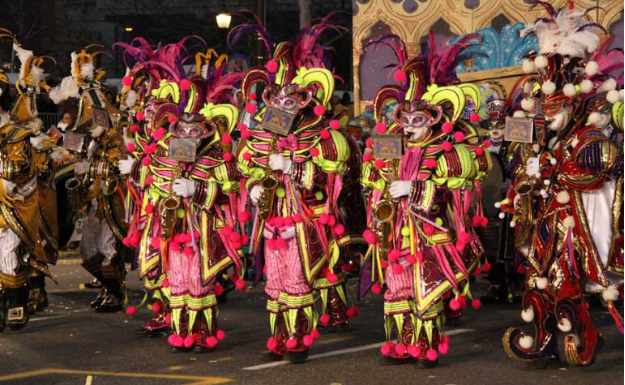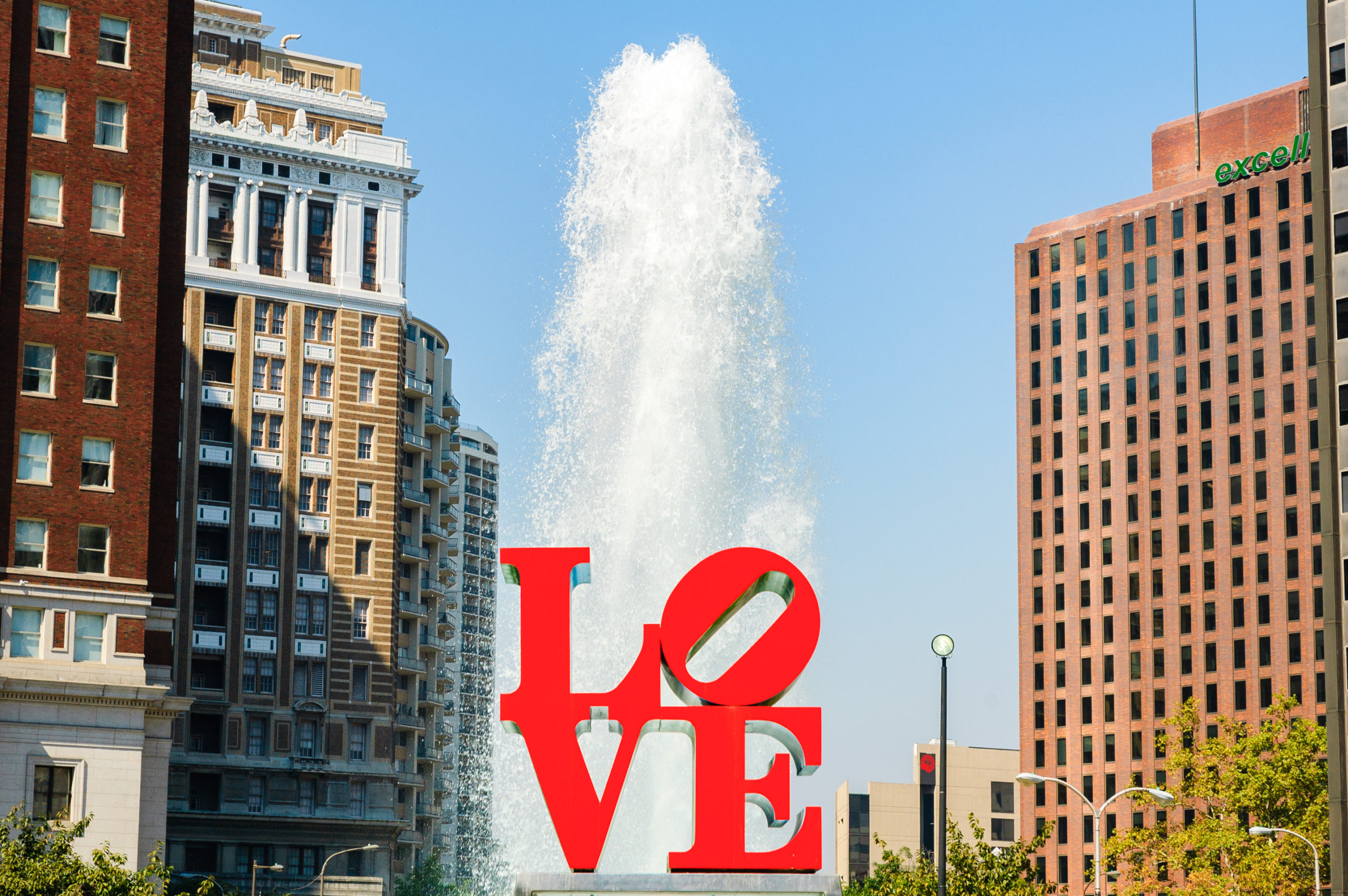Philadelphia has been known over the years as the nation’s first capital, the setting for countless films and most recently home to recent Superbowl champions the Eagles. It’s where the Fresh Prince of Bel Air was born and raised and where Rocky met Adrian. But these days it’s known mostly as the place where the train slows down between New York and Washington. Which is unfortunate because, from a real estate perspective, there’s a lot going on there.
The urban areas two hours to the northeast and two hours to the southwest just got shots in the arm from Amazon’s announced investment in two new headquarters, but the Delaware Valley’s storied and historic metropolis also has a dynamic multifamily market. And it’s about to get even more dynamic because builders have taken their attention off the City of Brotherly Love, meaning that apartments are becoming scarcer and rents are going up. According to Zumper, Philadelphians pay the 16th-highest rents in America.
Centered on Center City
Center City Philadelphia is a comeback tale worthy of a Sylvester Stallone movie. This is certainly the most dynamic part of town, with Independence Hall, Rittenhouse Square, Penn’s Landing, Chinatown, the new Avenue of the Arts and so much more. So there’s little question why it has recently attracted multifamily construction — roughly 40% of all new projects.
Even so, the pace is slowing down measurably as investors widen their gazes to the less densely packed sections of town, as well as the suburbs and nearby cities. In Center City, vacancy rates are actually projected to rise by half a percent year-over-year.
“In Center City Philadelphia, the vacancy rate increased to 10.2% in the second quarter of 2018, a 250-bps increase year-over-year,” according to a Cushman & Wakefield report. “The increase in vacancy is due to the 1,192 new units delivered during the first half of 2018, already eclipsing Center City’s 2017 new construction total of 768 new units.”
Multifamily housing is only part of the story of Center City, of course. It is the commercial district of a major American city, and most of those buildings there contain offices rather than homes. This reflects Philadelphia’s employment profile — one out of five residents work in administrative or management jobs.
Don’t Forget the Neighborhoods
Even as Center City’s multifamily market pauses to catch a breath, Class A construction continues to move forward in Philly’s other neighborhoods. And if there’s one thing the city has no shortage of, it’s defined, identifiable communities — both in the four suburban counties and within the city limits. If you want to see that kind of local pride on display, look no further than the annual Mummers Parade on January 1st.

[Caption: The Pennsport String Band marching in the 2015 Mummers Parade. Credit: Mr. Mummer]
The city is comprised of 11 sections that follow the Delaware River from the northeast to the southwest, with well-to-do Germantown, Manayunk and neighboring communities spiking out to the northwest. Within those confines, Wikipedia identifies 166 separate neighborhoods. That number is probably a bit too generous with the definition, but there’s no doubt that terms such as “South Philly,” “West Philly” or “the Northeast” are insufficient to convey the reality on the ground. Passyunk, Bella Vista and Grays Ferry are all unique markets unto themselves, although they all fall under the moniker of South Philly. The same could be said for Overbrook and Squirrel Hill in West Philly or Bustleton and Millbrook in the Far Northeast.
According to a Marcus & Millichap report, vacancy rates are declining in Northeast Philadelphia. “Availability is tightest in Northeast Philadelphia, the metro’s second-largest apartment submarket,” the report states. “A lack of substantial new completions over the past five years directs demand to existing stock and keeps vacancy low, prompting above-market rent gains in that time.” The report goes on to say that the Northeast — specifically the Fishtown and Brewerytown neighborhoods — are attracting a great deal of interest from investors seeking to retrofit Class B units.
Yet it is long-neglected North Philly that has shown the most improvement in velocity over the past year, particularly in Fairmount and Northern Liberties. According to Marcus & Millichap, “Properties recently sold there tended to be older and smaller than the market average, but they offer a compelling location near the market’s urban core.”
Meantime, rents are advancing most strongly in Southwest Philly where, over the past year, monthly rents jumped 12.6% to $1,550 per unit. Drilling down to the neighborhood level, though, none of the three fastest-rising submarkets are in Southwest Philly, according to Zumper. Point Breeze borders on Southwest, but is actually in South Philly. Mill Creek is in West Philly and Kensington occupies the space between Center City and the near Northeast.
Beyond the City Limits
A unique aspect of Philadelphia is that its metro area doesn’t end at some farmer’s fence somewhere. It bleeds into New York’s and, to a lesser extent, Baltimore’s and Wilmington, Delaware’s. Wilmington, itself a city of almost 75,000 people, is subsumed by the Delaware Valley metropolitan statistical area, which includes a total 6.1 million people through four states. Wilmington, by the way, is one of the largest pockets of new multifamily construction in the entire area.
Even so, Philadelphia has its own designated suburbs — four counties of them on Pennsylvania side of the river. One of them, Montgomery County is attracting as much Class A construction as Wilmington, particularly in its county seat, Norristown, and nearby Upper Merion and Lower Merion townships. In fact, this is where the highest effective rents in the entire market are, topping out at $1,362 per month.
What is missing from this discussion is Camden, N.J. This hardscrabble town directly across the Ben Franklin Bridge from Center City has not been able to catch an economic break in generations. Here’s hoping that, once the low-hanging fruit has been picked from elsewhere in the Philadelphia metro area, some savvy developers take advantage of the bargains to be had in Camden.
Philadelphia Metro Area at a Glance
- New construction in 2018: 4,600 units (projected), a significant drop from 2017’s 5,200
- Vacancy rate: 4%, down 40 basis points year-over-year
- Average effective rent: $1,313/mo, a 2.7% increase from 2017
- Median annual household income: $72,846 in the metro area, $41,449 in the city, compared with U.S. median $61,179
- Proportion of households renting: 48%
Sources: Marcus & Millichap, City-data.com
To view all open real estate investments on Sharestates.com, click here.


